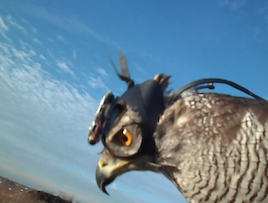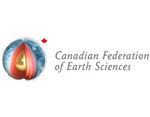Goshawks hunt by fixing their eyes on their prey. Their method is so effective that the hawks pursuit of their target can be over in seconds. Using cameras mounted on the heads of the birds, researchers analysed the raptors’ pursuit strategy from a birds-eye perspective. They found that Goshawks used different strategies at different stages […]
Synthetic nutrients and GMOs
Researchers have developed genetically modified organisms (GMOs) that depend on synthetic nutrients to survive. Two teams, one from Yale University and another from Harvard, tweaked the genetic code of modified bacteria whose growth is restricted by the expression of multiple essential genes that depend on synthetic amino acids, the building blocks of proteins. When the […]
Language evolves faster in isolated populations
Changes in genetics and language follow similar patterns as human population disperse, however language is able to spontaneously change in isolated populations. Both genetics and language change over time as small mutations in genes or phonemes, like the ‘k’ sound in ‘cat’ or ‘skill’, accumulate or are lost. Additionally both language and genetics change by […]
Rare shared genetic mutation behind Inuit disease
Scientists have found the gene mutations responsible for a rare disease which impairs the function of the liver and muscles in about 1 in 2500 Inuits in northern Quebec. Called glycogen storage disease type IIIa, this sickness causes a buildup of glycogen, a complex sugar, in the body. This in turn produces low blood sugar […]
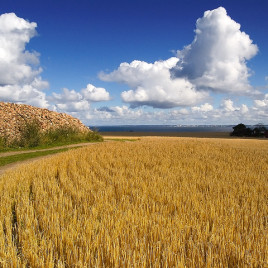
Defending durum wheat against Fusarium Head Blight
Researchers may have found the key to protecting durum wheat from Fusarium Head Blight (FHB), which leaves it unsuitable for human consumption or livestock feed. Common wheat has been bred to develop a resistance to this fungal disease, however durum wheat, which is used to create pastas, has no defence against it. Researchers analyzed two […]
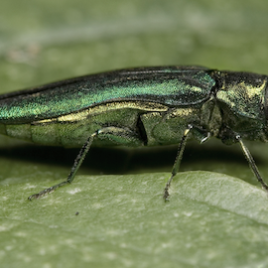
The Emerald ash borer can attack other tree species
New research shows that the emerald ash borer, an invasive beetle from Asia which has killed millions of ash trees in Canada, can also attack the white fringetree (Chionanthus virginicus). This small shrub, while native to the southeastern United States, is planted ornamentally in Ontario and Quebec. Researchers have found that white fringetrees in three […]
Is there any benefit to vitamin waters and energy drinks?
While vitamin waters and energy drinks sold in Canadian supermarkets are promoted as being healthy because they provide additional nutrients (vitamins B6, B12, C and niacin) to buyers, new research shows that young Canadian adults are already consuming enough of these supplements. The study’s authors also found that product labels on the drinks also promoted […]
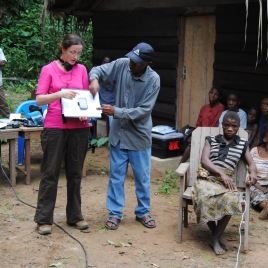
Music can transcend culture
Montreal hipsters’ and Congolese pygmy tribe members react to some elements of music in the same way, according to a new study. Forty Pygmies and 40 Canadians listened in pairs to 19 music excerpts (eight Pygmy and 11 Western instrumental excerpts) and were asked to rate the songs (arousing or calming, positive or negative.) Researchers found […]
How much fossil fuel can we exploit?
Canada would need to leave 75 per cent of its oil in the ground as part of a global effort to cap global warming at two degrees Celsius above pre-industrial levels, a new study shows. The authors also conclude that the exploitation of resources in the Arctic should be ruled out. Using computer models, the authors found that […]
How does the media report on vitamin D?
News articles linked vitamin D to a wide range of health benefits for which there was no conclusive scientific evidence, while downplaying limitations and overlooking risks of supplementation, according to a new study shows. Lead author Tim Caufield will launch a book on popular culture and health titled Is Gwyneth Paltrow Wrong About Everything? When Celebrity […]
A solution to the medical isotope shortage? 
Radioactive isotopes are used regularly for diagnostic and cancer treatments, but as aging nuclear research reactors are shut down, new ways to create the technetium 99m necessary for medical scans are being investigated. A team of scientists has now confirmed that regular hospital based cyclotrons are able to produce enough technetium-99m, to satisfy the daily […]
Plus de 50 nouveaux médicaments potentiels contre l’Ebola
Des chercheurs ont identifié 53 médicaments qui pourraient empêcher le virus de l’Ebola d’entrer dans les cellules humaines. Pour ce faire, ils ont analysé 2816 médicaments déjà approuvés par la Food and Drug Administration américaine. Parmi les médicaments prometteurs, on trouve des antibiotiques, des antihistaminiques utilisés contre les allergies, des antipsychotiques et des médicaments contre […]
Over fifty new potential drugs against Ebola
Researchers have identified 53 existing drugs that could prevent the entry of Ebola virus into human cells. To achieve this result, they screened 2816 drugs that are already approved by the Food and Drug Administration in the US. These drugs are already used as antibiotics, antihistamines (against allergies), antipsychotics or against cancer. They now need […]
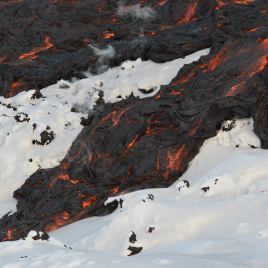
Qu’est-ce qui se passe si de la lave coule sur de la neige?
Contrairement à ce qu’on pourrait croire, la lave n’interagit pas beaucoup avec la neige et ne cause pas de risque d’inondation pour une ville à proximité. Des chercheurs ont étudié dans l’est de la Russie le volcan Tolbachik afin de mieux comprendre les effets de coulées de lave sur de la neige afin de prévoir […]

What happens when lava meets snow?
Mixing lava with snow might seem to raise the risk of flooding for nearby settlements, but in fact it appears lava does not interact much with snow. Researchers in Eastern Russia, at the Tolbachik volcano, studied how snow and lava interact to determine the effects on lava advance and snow pack melting rates. Sheets of […]
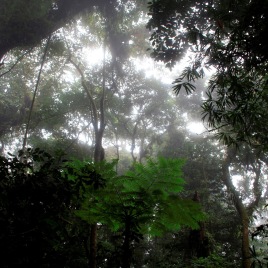
Hausse du CO2 dans l’atmosphère : pas de croissance supplémentaire des arbres tropicaux
Une nouvelle étude remet en question l’hypothèse comme quoi une augmentation du gaz carbonique dans l’atmosphère serait liée avec une croissance supplémentaire des arbres tropicaux. Cette étude aidera à prédire comment les forêts tropicales réagiront dans les simulations climatiques. Plus de CO2 dans l’atmosphère devrait augmenter la photosynthèse des arbres et mener à une utilisation plus […]
